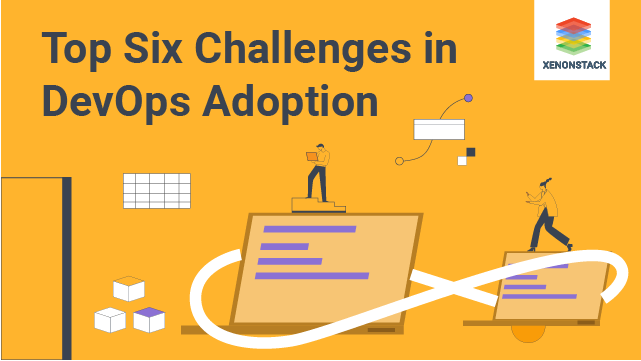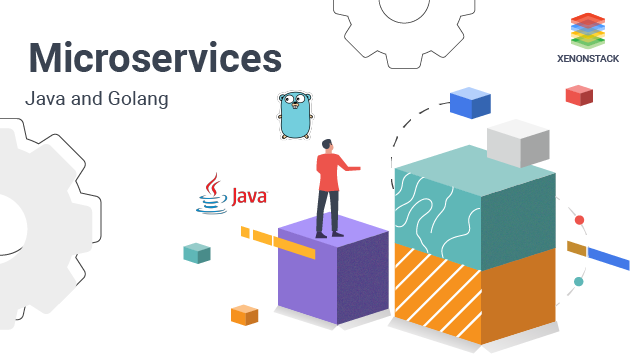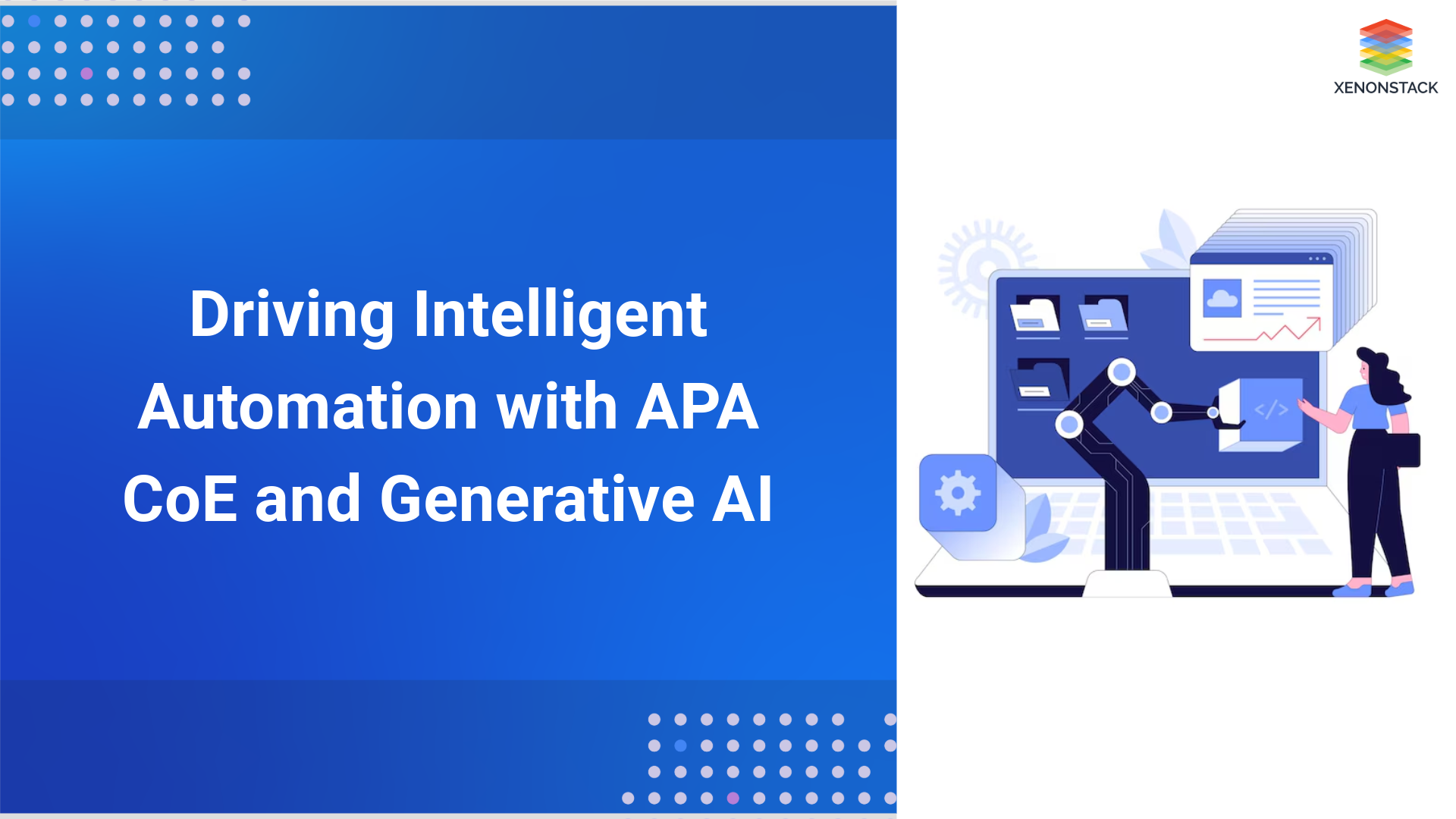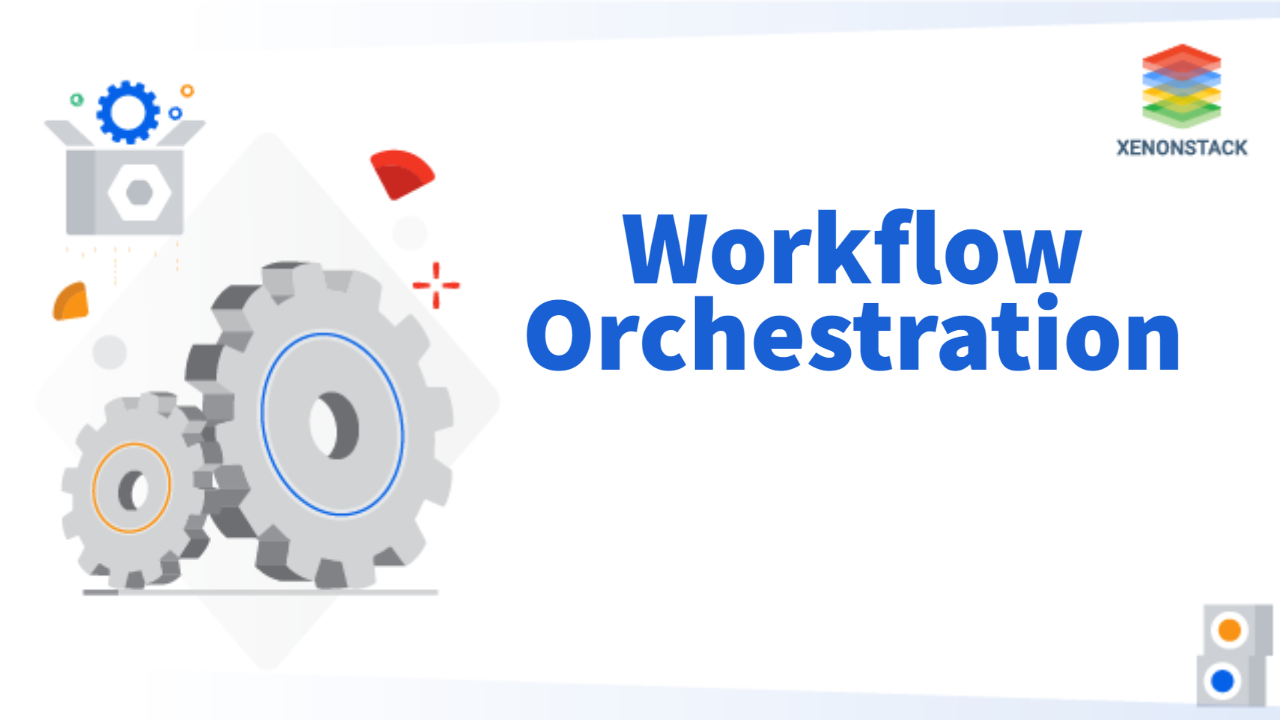
Introduction to DevOps Adoption
The majority of organizations like both small and large already implemented or moved towards achieving DevOps models in their day-to-day tasks for better productivity and workflow. DevOps encourages collaboration and communication between the developers and operations teams in all stages of the Software Development Life Cycle (SDLC). The collaboration between the development teams and operations will result in a well-defined integration and helps them to work for a common goal which helps in the creation of a faster, efficient, and reliable delivery system.
Although DevOps’s goal is to generate automation and integration, its real-world implementation is a bit challenging. Replacing the older methods with newer ones or implementing new techniques and processes has always been a difficult task to achieve. Now, let’s take a look at the six common obstacles in DevOps adoption and different ways to solve the various challenges during the DevOps implementation.
A process in which, Modern software engineering Culture and Practices to develop software where the development and operation teams work hand in hand as one unit. Taken From Article, What is DevOps and it's Processes?
1. Moving from Traditional Infrastructure to Microservices
The older infrastructure can create a problem, and even it served the organization for years, the older foundation will have stability problems, and it may also face the challenge of lack of support. The primary concern is that if an organization is using the older infrastructure, it will be left behind in this fast pace world. Using an infrastructure-as-code with microservices is another step towards the future continuous innovation it changes the development lifecycle. It helps to adapt to changing markets and customer needs quickly. We can see that if an organization does not stay innovative, then it will be replaced soon with another organization. Replacing or modifying older apps with newer microservices architecture can open up the doors to faster development and quicker innovation. However, there are some problems with the adoption of microservices, and they must be managed. By moving to microservices architecture from traditional infrastructure, an organization should have the configuration management, foundations of automation and continuous delivery in place. It enables them to cope up with the increased operational workloads that microservices bring.
2. Integrating Tools of Different Domains
We all know that Continuous integration is one of the significant pillars of DevOps, so we need to integrate all the tools properly to make testing, deployment and building all work together in a continuous manner. The major challenge is how to integrate all the tools to work collaboratively.
Effectively and efficiently scale up the business and work remotely with different teams, skillsets and cultures. Click to explore about our, DevOps Implementation and Adoption Strategy
3. Changing Well Defined Processes to More Efficient Ones
The best way to identify the inefficiencies is to check the processes and find out what is and isn’t working. Start by looking at the waste areas where the resources are exhausted, and they are not giving the correct value. Some processes may be resistant to implementing change, which may cause unnecessary lags within the business and organization. It is essential to understand it is not just the responsibility of software developers to check the processes work for them. DevOps is a process that combines development teams and other IT stakeholders to achieve a common goal to make delivery faster and higher quality work to market.
4. Separate Tools Set for Dev and Ops Team
One of the biggest challenges for DevOps implementation is the different toolkits between development and operations teams. Identifying and synchronizing any difference between the two is the most significant part of making everything work properly.
5. Adoption of New Tools
The new tools which are part of the DevOps toolset look like they can solve any problem. Although we can have all the tools, we must train our staff on how to use them effectively. The other most significant thing is that these tools must meet the security requirements, and they should be appropriately integrated with the current infrastructure. These things can mislead the organization from a critical priority. An organizational structure and team are the main factors for DevOps success. A team’s progress will improve if an organization has a proper structure. An organization should maintain their focus on their side rather than tools. While changing to DevOps, the people in a team are the most critical factor. There will arise some severe problems if no one is adequately trained on newly implemented tools.
A set of operating principles, and a collection of practices that enable application development teams to deliver changes more reliably and regularly. Continuous Integration and Continuous Delivery
6. Resistance to Change
The shift to DevOps can be scary to a majority of team members and key stakeholders. Saying people that they need to change can be considered as a bad reflection on the person who is receiving the advice. Changing to DevOps will not happen overnight; it will be smooth and gradual. It will allow everyone to develop the DevOps culture as they slowly become part of it and also find the different ways they can contribute to the development process. To experiment, find a small product or a part of a present existing application to recreate it into DevOps practices. If the team can see the benefits in the DevOps, then other groups will also want to adopt the new ways of working. It will help many organizations to enter into DevOps and continue their work in the modern world of DevOps.
How to Overcome DevOps Challenges?
To overcome DevOps Challenges follow the below steps:
Good Guidance
Good management is the solution. Proper instructions and proper communication will give the best results. Also, the employees working in an organization should know organizational goals and how to achieve them. To get this knowledge, proper guidance and training are necessary.
Better collaboration
Better collaboration will result in increased productivity for DevOps teams. Instead of working for different purposes, they can work on a common goal. This collaboration will also result in improved visibility, and it’s easier to find out changes across teams.
Analytics
The integration tools generally do the job of acquiring relevant data and keeping them in one central repository. With the help of these specific parameters, the integration tools will help in generating useful reports out of the accumulated data. Thus, data will give us various advantages such as training information, work schedule, understanding critical business problems, and more.
Providing an Enterprise-Level Framework
Finding the best suitable orchestration option will solve the problem of tool integration. There are plenty of tools available on the market for giving an enterprise-level framework by automating the tool environments. These tools will provide some advantages like an integrated framework as well as support for multiple diversified features.

Conclusion
In this blog, we discussed, about various challenges which that are threatening the DevOps implementation success for many organizations. If your organization is thinking of DevOps or searching for better ways to improve your strategy and embrace these challenges, it can be resolved better with the right patience, support and commitment. Read Next- Discover here BizDevOps Architecture and Benefits
- Click to explore about DevOps Checklist for Enterprises


